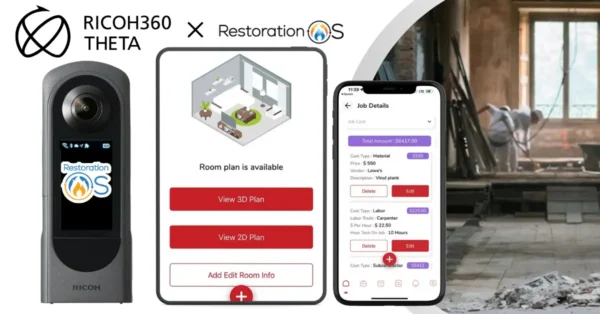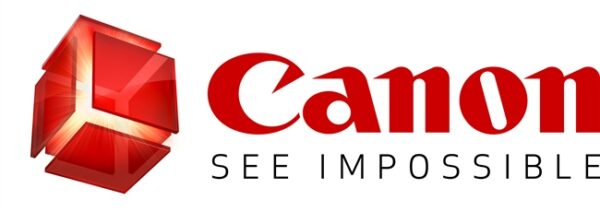The OEMs recap their latest investments in A3 and A4.
Our Virtual Panel series continues this month in our print edition with comments from the Big Six OEMs, as well as HP and Xerox. The panel responds to questions, some submitted by our Dealer Advisory Board, about whether or not they plan to add dealers, diversification, aftermarket opportunities for future products, the biggest threat facing dealers, and advice on how dealers can remain relevant in 2024 and beyond.
Earlier this week our panelists responded to a question about the private equity acquisitions sweeping our industry. Today, they provide insights into their investments in A3 and A4.
Participants include: Shinichi Yoshida, executive vice president and general manager, Canon U.S.A., Inc.; David Laing, vice president and head of HP’s iMPS Services Business; Kevin Kern, senior vice president, Business Intelligence Services and Product Planning, Konica Minolta Business Solutions U.S.A., Inc.; Oscar Sanchez, president, Kyocera Document Solutions; Jim Coriddi, vice president, Dealer Division, Ricoh Americas Corporation Mike Marusic, president & CEO, Sharp Imaging and Information Company of America (SIICA); Bill Melo, chief marketing officer, Toshiba America Business Solutions (TABS); Jim Morrissey, vice president, Document Technology Partners, Xerox Corp.
What is your current investment in the manufacturing of traditional A3 and A4 products? Has that changed and/or do you see that changing as clicks in the office continue to trend downwards?
Coriddi: Throughout the industry, actual manufacturing may be flat to slightly down, and there are stronger negotiations with suppliers ““ however, the increase specifications can be at a premium. The development investments are changing. At Ricoh, we continue to invest in and focus on R&D, and we’re not innovating for the sake of innovating. We’re developing new innovative technologies based on customer and dealer input. As a result, we are making more robust products than ever. Our latest technology, the RICOH IM Series is an important example and it changes how dealers and customers interact with and receive value from our devices. It also enables us to provide much different technology investments in the future. We are actually spending more development dollars than ever before. The manufacturing of the device may be similar, but the embedded AI, the cloud platform, the RICOH Always Current Technology capability all increases the development costs. We are focused on making great products, but also investing in enablers for the dealer community to make more money and provide their customers with strong workflow solutions. Ricoh is not focused on having the “low end” print box, we will continue to offer devices that enable workflow in our Dynamic Workplace Intelligence approach.
Print is not a one-size-fits-all. Clicks have been reducing 3-5% over the past two years. We are starting to see a turnaround in some areas. Millennials are starting to prefer printed materials. They use the internet, but read from paper, and 54% still like to flip through catalogs. We have seen centralized-print move to decentralized-print, and then to distribute-then-print. Now we see the younger generation printing less with some applications, and printing more with others. Tickets may be electronic, but documents are being printed. The use-cases are changing. We think the excess printing will stop, but the right mix of digital and print will be the future.
Kern: We’re updating the entire A3 and A4 lineup and not just a refresh but the technology. We continue to update, upgrade, and do the necessary new versions, to make the engines more efficient. They can run on less memory, process faster whether it’s print, copy or scanning or whatever. But the real thing, and this is where we have the biggest R&D investment, is the software that runs the engines. That’s what’s keeping the engine relevant to the customer. Our R&D allocation is pretty steady in that particular area.
Laing: HP continues to increase its investment in the A3 and A4 market. HP is gaining share in both A3 and A4, funding additional investment in those devices. While pages per user are declining slightly in developed markets, those declines are being offset by growth in the number of users in both developed and developing markets as the population and global economy expands. HP sees total commercial pages growing slightly at the global level into the future.
Marusic: At this point we have not made any adjustments to the development of product in the A3 space and we have increased our investment in the A4 space. That investment has paid off with some very nice rewards on our product line and we have been able to turn the trend towards growth in the past year. At some time in the future, that may have to be re-evaluated, but we have a nice aggressive launch program for new products over the next few years. We are in a great position with Foxconn’s investment in Sharp as we can leverage much of their technological investment in our products. We also gain some keen insights into what the larger IT industry is doing with their development and product concepts, so we can better gauge where to place bets.
Melo: This information is not available to be shared.
Morrissey: Xerox is on the right track with its App Gallery and in enabling our partners to buy and sell the apps and software that goes on the hardware. We continue to bring award-winning A3 and A4 products to market that businesses rely on ““ and we remain committed to this. More important than ever, in this time of digital transformation, is our commitment to delivering offerings that are not only easy to use and reliable, but also open, as seamless integration with other systems beyond the hardware is paramount. I also believe that an open architecture is key to success for any manufacturer and that is based on history more than any vision. People want tools to be easy to use along with seamless integration with other products.
Sanchez: Staying true to Kyocera’s core is crucial to our continued success and as such, we continue to invest heavily in R&D and manufacturing advances for our entire product line. We do believe that at some point, the shift from A3 to A4 will come, as it has already started in the European market. Kyocera is one of the few manufacturers that has a balanced lineup of devices across both A3 and A4 and we understand the importance of technological advances in manufacturing methods to streamline processes and maximize efficiencies. We have been implementing such advances in our factories globally over the last several years, with a focus on improving quality in every step of the process. When this shift happens in the U.S. market as well, we will be ready for it.
Yoshida: Canon intends to continue to be the leading manufacturer with solutions that address every segment from desktop to production level devices. This broad portfolio sets us apart from our competitors and we are dedicated to continue to bring new products to market that satisfy a variety of customer needs, whether it is through A3 or A4 products.
Access Related Content
Visit the www.thecannatareport.com. To become a subscriber, visit www.thecannatareport.com/register or contact cjcannata@cannatareport.com directly. Bulk subscription rates are also available.



